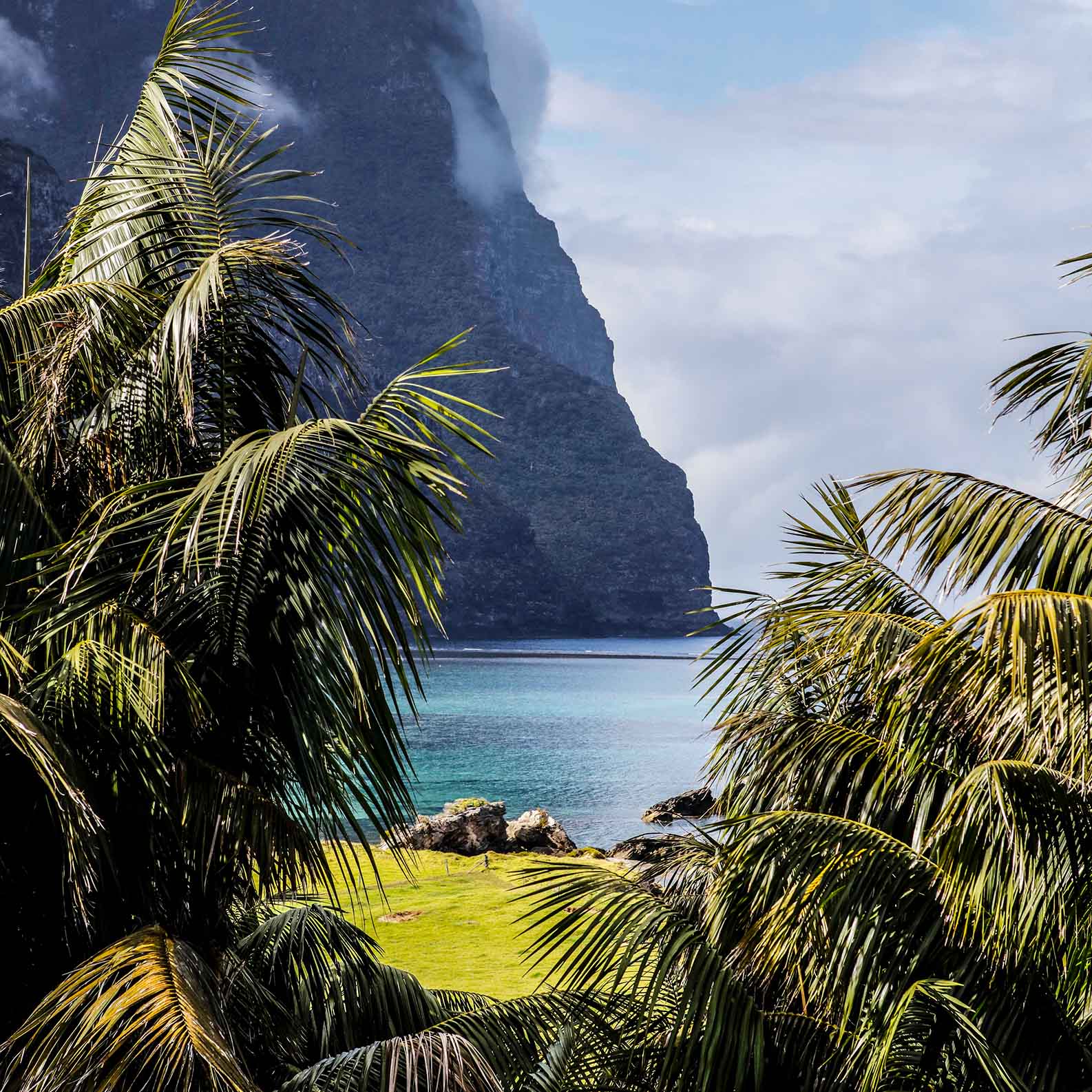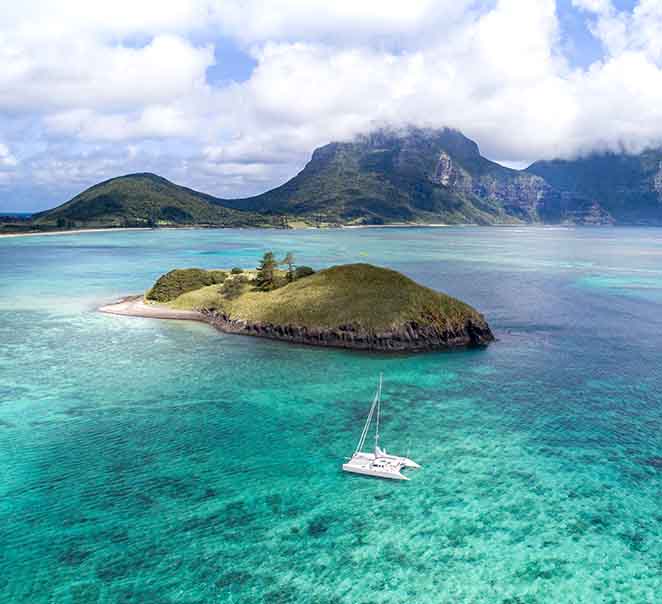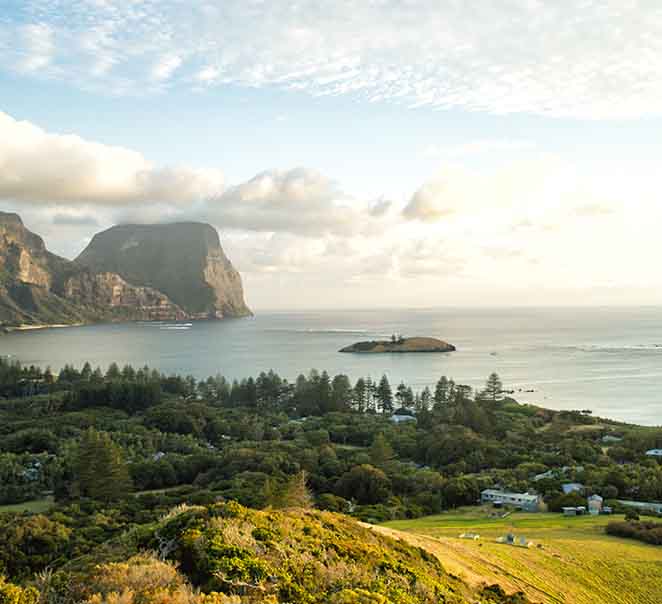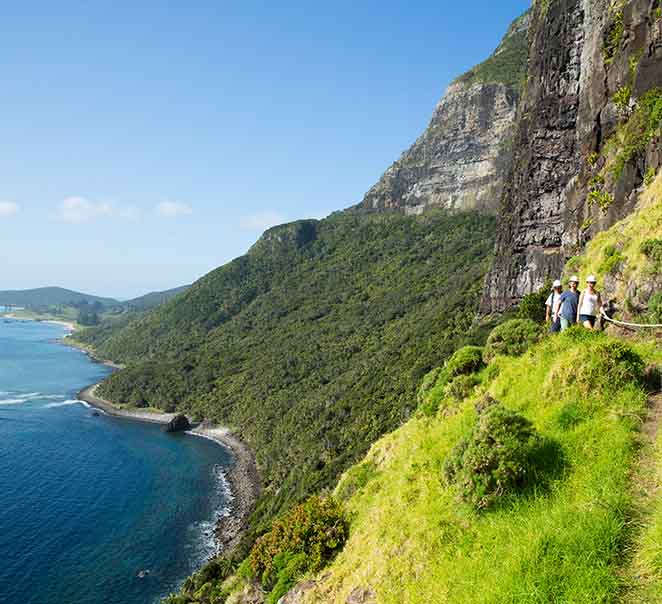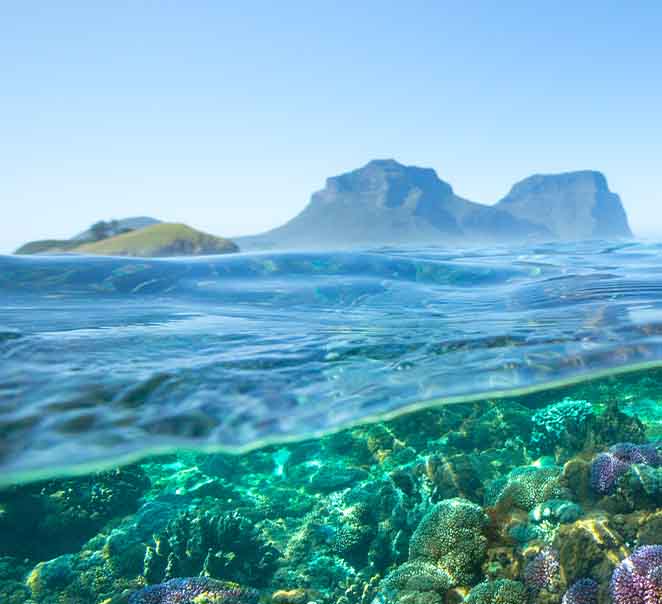SmartLynx Australia has taken over the Sydney–Lord Howe Island route from Qantas as of February 26, 2026. Flights continue to use Dash 8 Q200 aircraft, with operations based from Sydney T3 Terminal. Codeshare with Qantas remains in place, allowing bookings via Qantas channels with full baggage check-through, lounge access, and QF points accrual. Direct bookings via SmartLynx Australia require baggage recheck in Sydney.
Eastern Air Services operates flights to Lord Howe Island from Port Macquarie, Newcastle and the Gold Coast. Charter flights are also an option, although limited to smaller aircraft and not suitable for helicopters.


